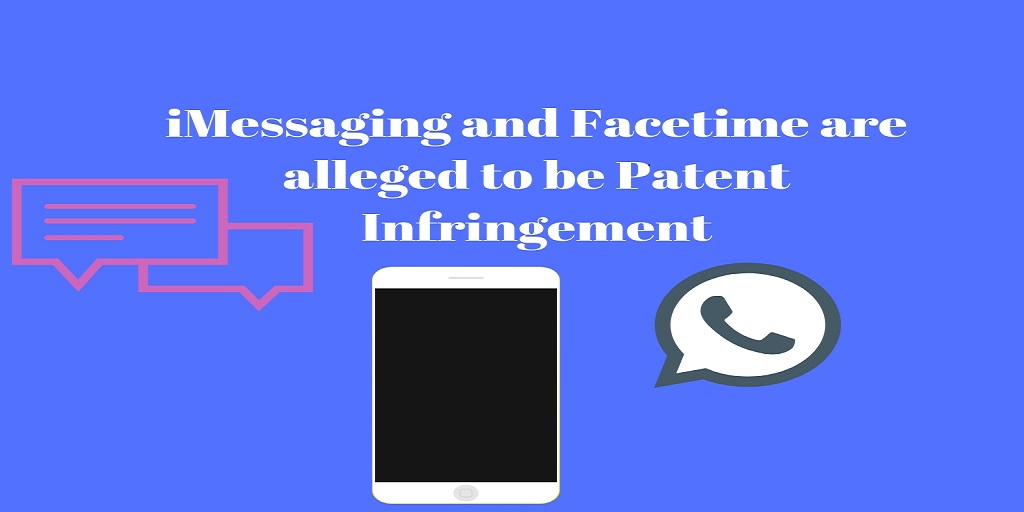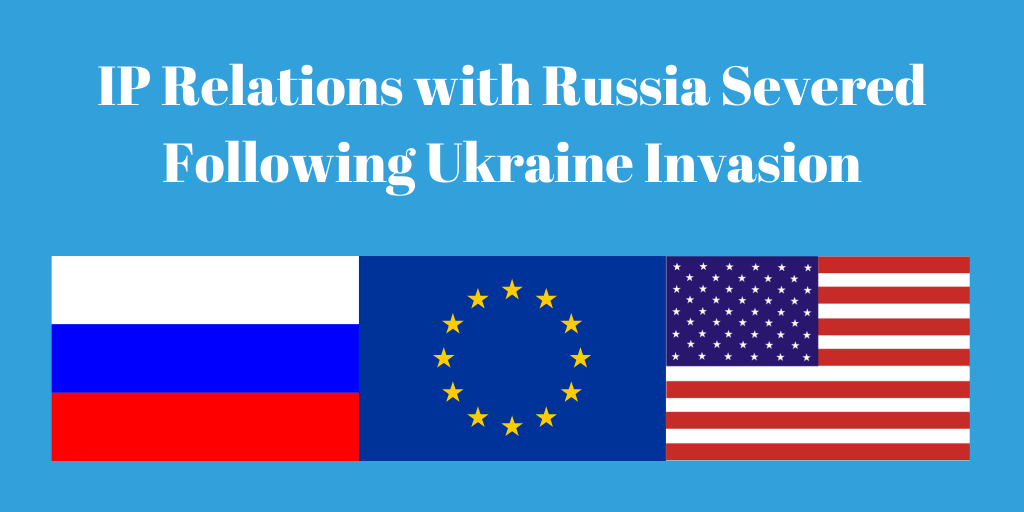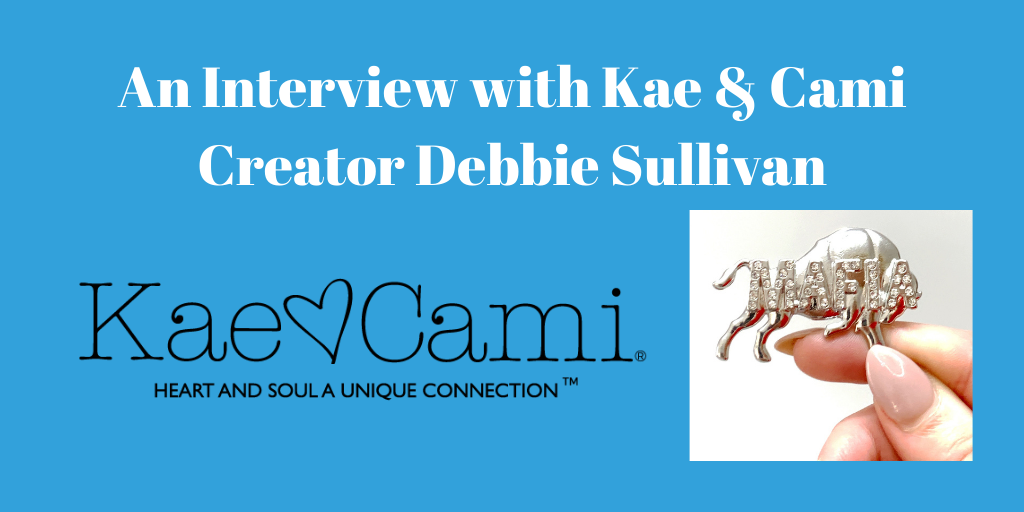We all have phones in today’s age. Phones have become so advance that we can listen to music, watch internet shows, and do so much more with the touch of a button. Phones have become even more advance with the advent of mobile apps. For example, look at the iPhone, one of Apple’s best-selling products. The iPhone has an app for almost everything. And even more impressive is the fact that new apps and functions come out for the iPhone every year.
Although the iPhone changes throughout the years, it still retains core features such as Facetime and iMessaging. Even though the iPhone has had these features for awhile, some companies are alleging that putting the iMessage and Facetime feature on the iPhone has infringed on their patents.
Who is alleging patent infringement and what patents are at issue?
MPH Technologies OY (or “MPH”) has alleged that Apple infringed on several of their patents, such as:
- U.S. Patent No. 8,346,949
- U.S. Patent No. 9,762,397
- U.S. Patent No. 9,712,494
- U.S. Patent No. 9,712,502
- U.S. Patent No. 9,838,362
- U.S. Patent No. 7,620,810
- U.S. Patent No. 7,937,581
- U.S. Patent No. 8,037,302
Specific allegations in the complaint.
The complaint that MPH filed specifically states that
“More than two years before the filing of this lawsuit, MPH amicably approached Apple and informed it of MPH’s technologies and patents. In the ensuing discussions, MPH repeatedly and dutifully provided the substantial information that Apple demanded from MPH,including detailed claim charts showing what MPH believed to be Apple’s infringing use of MPH’s patented technologies. MPH also substantively responded to each and every alleged “noninfringement” and “invalidity” argument made by Apple through numerous letter exchanges and multiple lengthy teleconferences attended by Apple’s in-house and outside counsel. MPH exhausted all non-litigation options to make Apple aware of its need for a license from MPH and resolve this dispute amicably before filing this lawsuit….. MPH seeks to hold Apple accountable for its unlawful conduct and substantial harm that it has inflicted upon MPH through, among other things, its knowing, continued and unauthorized infringement of MPH’s patent rights.”
To read the complaint, click here.
So how did alleged patent infringement occur?
Although there are several counts and causes of actions, count 1 is shown below to illustrate patent infringement:
“Apple’s acts of direct infringement include, without limitation, testing and otherwise using the foregoing instrumentalities by Apple’s employees and agents, as well as directing and controlling, and conditioning its customers’ and end users’ participation and use of and receipt of the benefits of iMessage and FaceTime upon, the performance of steps of claims of the ‘949 Patent and establishing the manner or timing of that performance. Other Apple features, including Handoff, Universal Clipboard, iPhone Cellular Call Relay, and iPhone Text Message Forwarding, also use Apple’s APNs to support end-to end encryption and, thus, Apple further infringes the foregoing claims of the ‘949 Patent under 35 U.S.C. § 271(a).
How can Apple approach this issue?
Patent infringement lawsuits are no joke. Apple has to strategically approach the patent infringement case since hundreds of millions of dollars are potentially at stake. Apple can move the case forward and take it to court. But that would be extremely expensive in the long run. Apple can also elect to settle the case. But, if MPH is a patent troll and their patents can be easily invalidated through administrative proceedings, then Apple would be giving a company money for free. Lastly, and the most likely choice, would be for Apple to initiate an administrative proceeding called inter partes review. Under inter partes review, an issued patent’s validity is assessed. Generally, inter partes review is cheaper than litigation, but still very expensive.
Fleshing out those options a little more
Taking the case to court
Litigation can span on for years on end, if appeals are included. Although Apple is a very big company, their assets are not limitless. As mentioned earlier, patent infringement cases are extremely expensive. A patent infringement case can cost hundreds of millions of dollars. Apple is constantly being sued. To take all those cases to court would most likely deprive Apple of most of its financial resources.
Settling
Settling the case would mean Apple and MPH come to an agreement that both parties are satisfied with. A settlement avoids taking the case to court. But a party may make outrageous demands. Also, settling may not be in Apple’s best interest if MPH patents are easily invalidated.
Inter Partes Review
Inter Partes Review in this case would probably be the best option for Apple. With this option, Apple could invalidate MPH’s patents. If the patents are invalidated, then MPH cannot move the case forward. MPH would not even have a basis to bring the claims to court if their patents are invalidated. Moreover, its quicker than litigation.
What are your thoughts on Apple’s lawsuit with MPH? What about the potential approaches that Apple can take?
Leave a comment below to let us know what you think!
Interested in more intellectual property? Here’s a video!
Sign up today!
Does this article interest you? Subscribe to the LoTempio Law email newsletter to receive posts and updates just like this conveniently in your email box!
If you’ve enjoyed this blog post, we have lots more where this came from, including an Inventors Guide Video Series where we help you turn your good idea into a profitable invention, and tons of other great content. Simply enter your email address and hit sign up and you’ll get everything, including blog posts like these, conveniently in your email box!
Have any questions? Give us a call at 1-800-866-0039. Consultations are FREE.
Disclaimer: This article is not legal advice. It is only for educational or entertainment purposes only. Please do not use the article or contents of the article without permission. For legal advice and questions, please contact registered Patent Attorney Vincent LoTempio.





